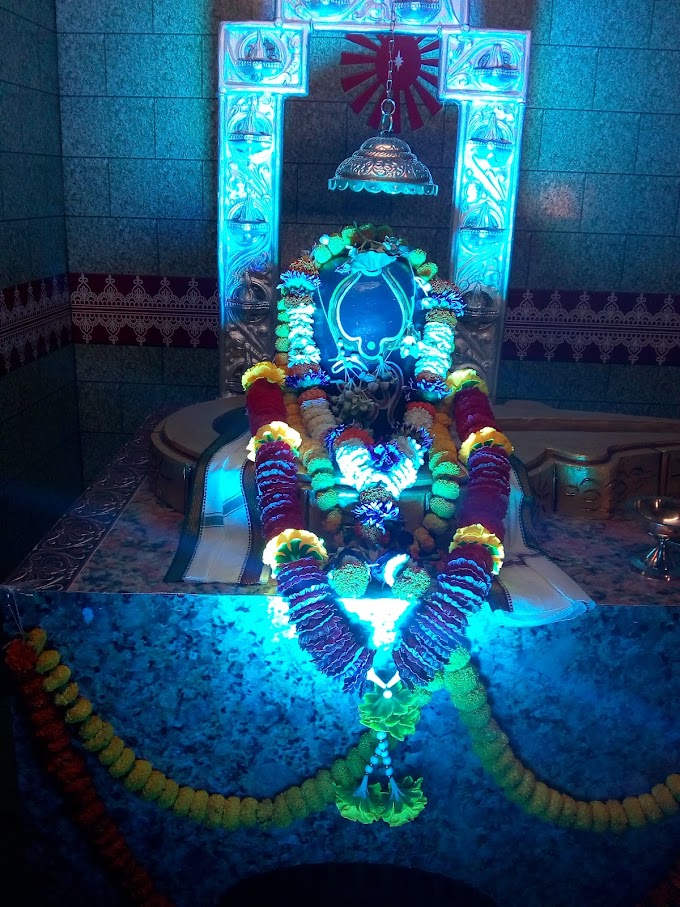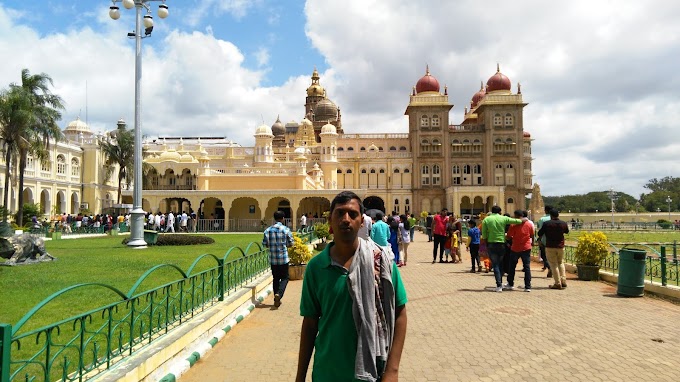In Anand Neelakantan’s Asura: Tale of the Vanquished Sita is
said to be Ravana’s daughter, whom he ‘rescues’ from a ‘vagabond,
forest-dwelling’ husband. His unconditional acceptance of Mandodari even after
she is molested by the monkey goons is in direct contrast to Rama’s acceptance
of the agni pariksha to test Sita’s ‘purity’.
The women characters in Indian mythology have traits that
surprise us at times and at other times appear inexplicable. The fact is
that that these characters were curated and edited to suit the needs of a
patriarchal society. While Sita has been hailed for her sacrificing nature,
Draupadi has been known for her sharp oratory and comments and has been branded
as being the centrifugal force that caused the Mahabharata. The epics have
survived several revisions that ride high on opinions. Hindu religion through
its mythology and epics, continues to keep the women at a subject level.
The modern day readers of Valmiki’s Ramayana would term it the
most anti-feminist piece of work in the world’s history. Although people now
would think it is unethical to bring out the follies in the epic which is kept
on a very high pedestal by the followers of Hinduism, they wouldn’t disagree with
its misogynistic angles either. Women in the Ramayana are represented as an substandard
race, a symbol of incompetence and a mere object whose existence is not worth a
tuppence.
Some writers try to imagine Ahalya's life after the curse and salvation,
a conclusion which remains undisclosed in the ancient scriptures.
Pudhumaipithan's Tamil story Sapavimocanam (1943, "Deliverance from the
Curse") and K. B. Sreedevi's Malayalam language work translated as
"Woman of Stone" focus on Rama's "double standard" from a
feminist perspective. They ask why Rama frees Ahalya from being cursed for
adultery, but punishes his wife Sita over false accusations of adultery with
her kidnapper, Ravana. In Pudhumaipithan's tale, Ahalya turns back into stone
after hearing that Sita had to undergo a trial by fire to prove her purity.
Sita was banished from the kingdom on charges of adultery even after proving
her chastity through the trial. Pudhumaipithan also narrates how, after the
redemption, Ahalya suffers from "post-trauma repetition syndrome",
repeatedly re-experiencing Indra's seduction and Gautama's fury, as well as
suffering the anger of a traditional society that rejects her. Gautama also
suffers from self-recrimination at his hasty decision to curse Ahalya.
It is sad that a woman is overestimated and treated respectfully
only when she surrenders her dignity and mind. The historical period boom with
the chants of holy Sita, who is worshipped for her conquered, obedient and submissive role and not because
of her willed, strong personality. The episode where Sita is asked to prove her
purity and loyalty by Ram, through a trial by fire i.e. Agnee Pareeksha is
particularly significant in contemplating the relevance of Ramayana. A woman
who shows resilience and courage against an enemy, and upholds her duty in
crisis, is asked to prove her purity not once but twice. The lack of apathy
towards Sita who had undergone countless ordeals and hardships is appalling.
Ahalya, Tara, Mandodari, Sita and Draupadi have supernatural
births, while Kunti is adopted at birth and separated from her mother. Though
all of the kanyas are described as mothers, except Kunti, no kanyas' motherhood
is emphasized in their story. Another common element is the theme of loss in
their legends. Ahilya is cursed and neglected by her family. Tara loses her
husband, Draupadi loses her 5 sons and Mandodari loses her husband, sons and family
in war. Each of them suffers a tragedy and used by men but battles on with life
and society. A free-spirited Ahalya is punished for her adultery. Druapadi, who
challenges and mocks even her husbands, has her dignity repeatedly violated by
men. Another defining feature is all the kanyas (barring Sita who is rarely
included in the list) are associated with more than one man within socially
acknowledged wedlock or consensual companionship. Ahalya with Gautama and
Indra; Tara with Vali and Sugriva; Mandodari with Ravana and Vibhishana;
Draupadi with her five husbands and Kunti with Pandu and the three gods who
fathered his sons.
Arshia Sattar also explores the enigma that is Rama, in Lost
Loves: Exploring Rama’s suffering. She peels back the nuances of the epic, to
reveal the conflict between personal sorrow and public duty in Rama’s mind, and
between the self-respecting woman and loving wife in Sita’s. Showing that they
were both very human, even if divine.
The portrayal of the female characters in the epic is startling as they are
displayed as submissive and obedient wives, mothers and daughters. Worshipping
husbands as god epitomizes unequal relationship that is overvalued and set as a
precedent instead of questioning the inequality. Even Kaushalya is a strong
woman who doesn’t avoid from telling off her husband.
Within moments of her intention in Ramayana, Surpanakha is brutally
punished for her appetitive sexuality. The sexually active single woman is
dangerous and here she has been successfully deactivated. Arguably, it is her
actions that set the cataclysmic events of the Ramayana in motion. Thus, the
consequences of Surpanakha’s behaviour extend well beyond her own safety and
well-being and she becomes responsible, in a sense, for Sita’s abduction and
captivity as well as for Rama’s many hardships. Eventually she is also
responsible for her brother’s death.
Thus, belonging to a race
known for cruelty, selfishness and violence, these characters are shown to
behave unlike their base nature, thus hinting that characters are not water
tight compartments with a set of predefined virtues and vices but a middle
ground with a shade of both.
At the end of the epic drama, when Rama refused to believe her chastity and
asked her to take the Agni Pariksha for the second time, Sita agreed but
decided to never return to Rama despite several pleas from him. These incidents
suggest that Sita had a mind of her own and did what any wise woman would have
done. Though there have been instances that her second Agni Pariksha was
entirely removed from few scriptures to appease the patriarchal society what
cannot be ignored is that she was an intelligent woman who was unafraid to
stand for what was right.
The genesis is if gods treated goddesses in such a way, who are we mortal
beings to talk about equality, let alone be its application. The idea
inseminated throughout the epic is that gender inequality is normal and
divinely ordained; it is daft to even have a thought of challenging it.
Feminism, both as an ideology and movement, suffers a setback, owing to this
genesis, as it is compelled to start its battle on uprooting patriarchy from square
one.











